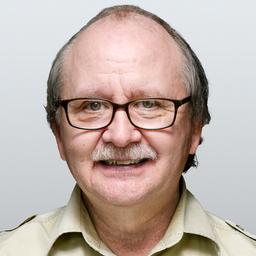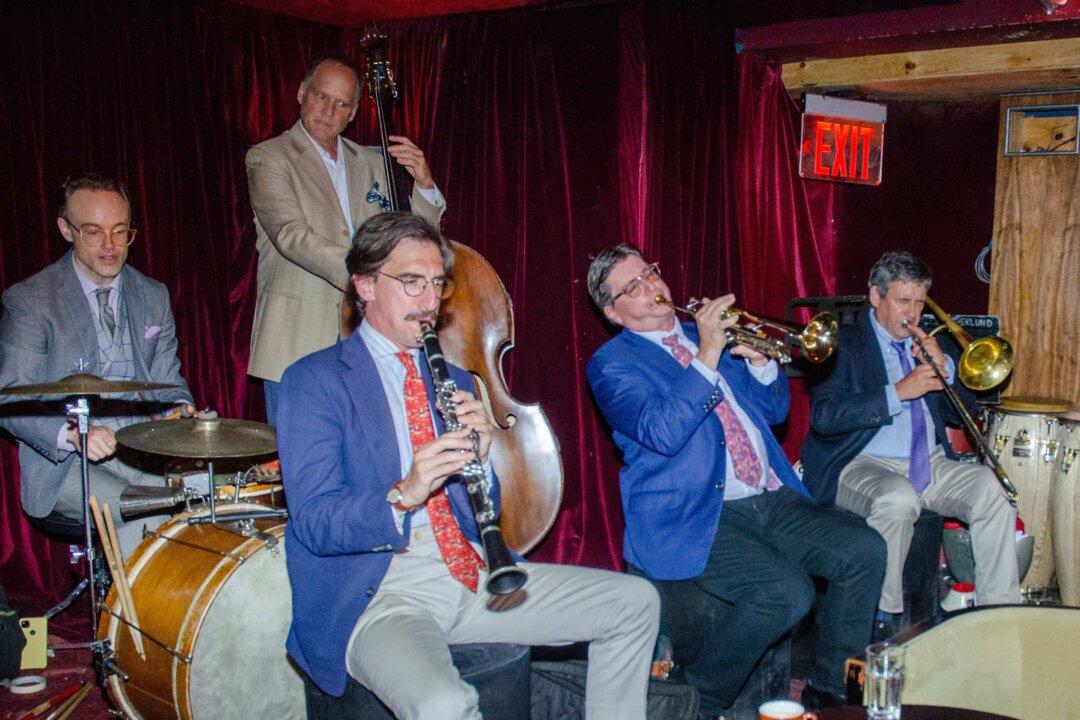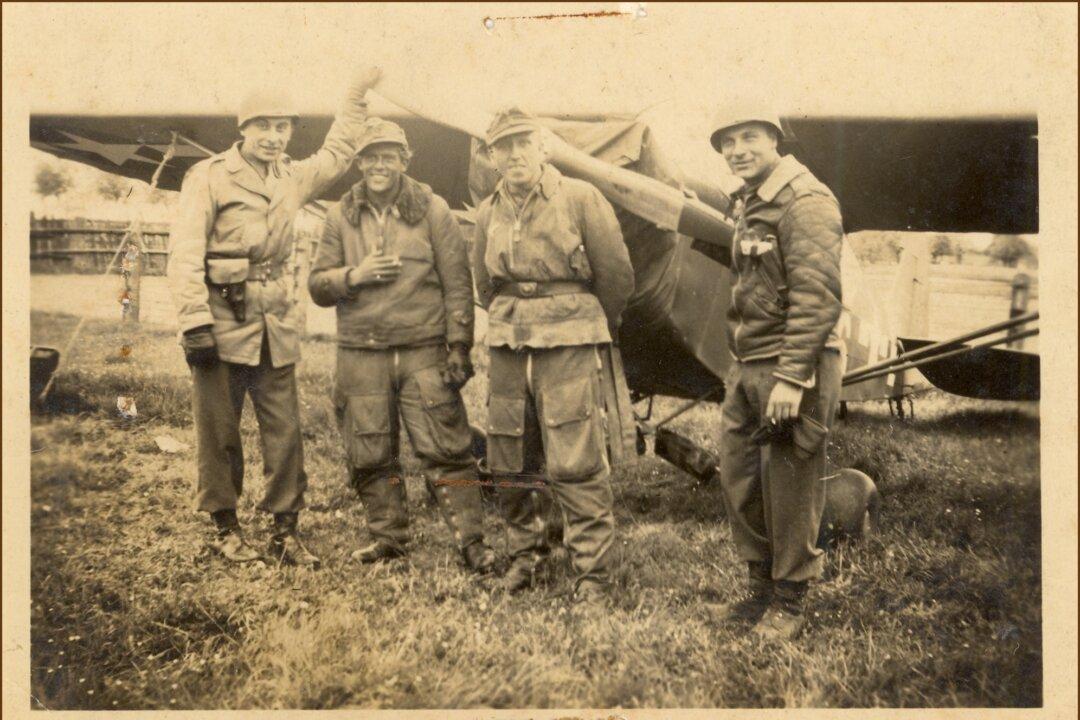“War is hell, Mr. Thornhill, even when it’s a cold one.” A CIA agent spoke these words in the 1959 Cold War spy thriller, “North by Northwest.” The Cold War played out between the United States and the Soviet Union from 1947 to 1991. All during that time, the United States had a constant fear that the Soviet Union would start an unprovoked nuclear war.
In preparation for a surprise attack, Thomas S. Power, a general in the Air Force and commander of Strategic Air Command (SAC), initiated a program whereby the United States had aircraft equipped with thermonuclear bombs in the air 24/7, in order to provide rapid first-strike or retaliation capability against the Soviet Union. One such operation went by the code name, “Chrome Dome.”






